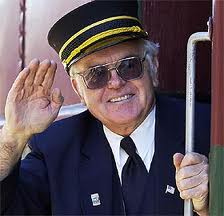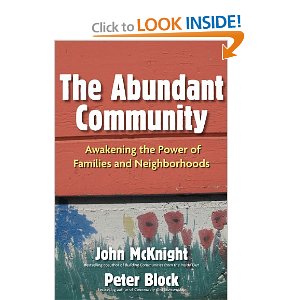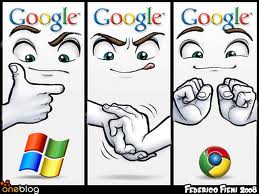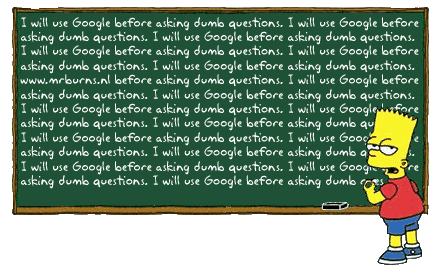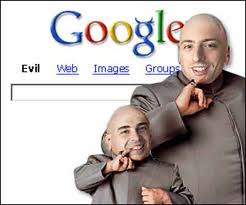 A few months ago, I had the privilege of facilitating a values exercise for an organization. I blogged about it weeks afterward in a post titled “Does your non-profit have a soul?” Yesterday, I had a similar privilege to facilitate a focus group with a different agency, and one of the questions I asked clients was “what values do you see the organization living?
A few months ago, I had the privilege of facilitating a values exercise for an organization. I blogged about it weeks afterward in a post titled “Does your non-profit have a soul?” Yesterday, I had a similar privilege to facilitate a focus group with a different agency, and one of the questions I asked clients was “what values do you see the organization living?
Wow! If you ever want to know if you live your values, pull together a group of clients and ask them what they see. It can be an incredibly affirming exercise. I suspect it can also be eye-opening.
After yesterday’s focus group, I decided to spend a moment reflecting on the power of that exercise. I found my mind wandering back to the same question:
“I wonder how many non-profits know what values their donors hold close to their hearts and how that impacts their willingness to invest in their mission?”
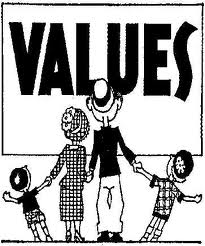 For some dumb reason, I’ve never considered how a donor perceives an agency’s values, reconciles it with their own personal values, and factors it into their decision to donate or not. After thinking about it for a moment, it is as obvious as the nose on my face. However, I must admit that this never has consciously crossed my mind. <<Embarassing>> Additionally, this revelation has now trigger more questions:
For some dumb reason, I’ve never considered how a donor perceives an agency’s values, reconciles it with their own personal values, and factors it into their decision to donate or not. After thinking about it for a moment, it is as obvious as the nose on my face. However, I must admit that this never has consciously crossed my mind. <<Embarassing>> Additionally, this revelation has now trigger more questions:
- Could fundraising ineffectiveness in part be caused by an organization that doesn’t have a well-defined set of organizational values?
- Could an agency that only has values “on paper” and fails to live by them, negatively impact their fundraising program?
- What can non-profits learn if they ask their donors what values they see the agency living?
- How can a non-profit organization best ascertain what values their donors cherish?
Regardless of how you answer these questions, I suspect you will conclude as I have that it is important to figure out how to best communicate what your organizational values are throughout the cultivation, solicitation and stewardship processes.
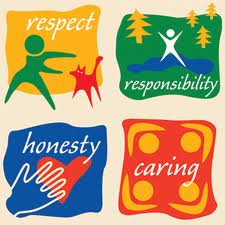 However, first things first . . . what does your non-profit value? I will leave you with the following incomplete list of values and principles that I’ve seen some agencies embrace (e.g. the YMCA’s core values are in the graphic to the right of this paragraph):
However, first things first . . . what does your non-profit value? I will leave you with the following incomplete list of values and principles that I’ve seen some agencies embrace (e.g. the YMCA’s core values are in the graphic to the right of this paragraph):
- Excellence
- Honesty
- Fun
- Creativity
- Respect for Others
- Quality
- Diversity
- Innovation
- Winning
- Care for Others
- Cooperation
Lots and lots of questions for a Friday. If you find yourself with some answers, please scroll down and share those thoughts in the comment box. We can all learn from each other.
Here’s to your health!
Erik Anderson
Founder & President, The Healthy Non-Profit LLC
www.thehealthynonprofit.com
erik@thehealthynonprofit.com
http://twitter.com/#!/eanderson847
http://www.facebook.com/eanderson847
http://www.linkedin.com/in/erikanderson847


